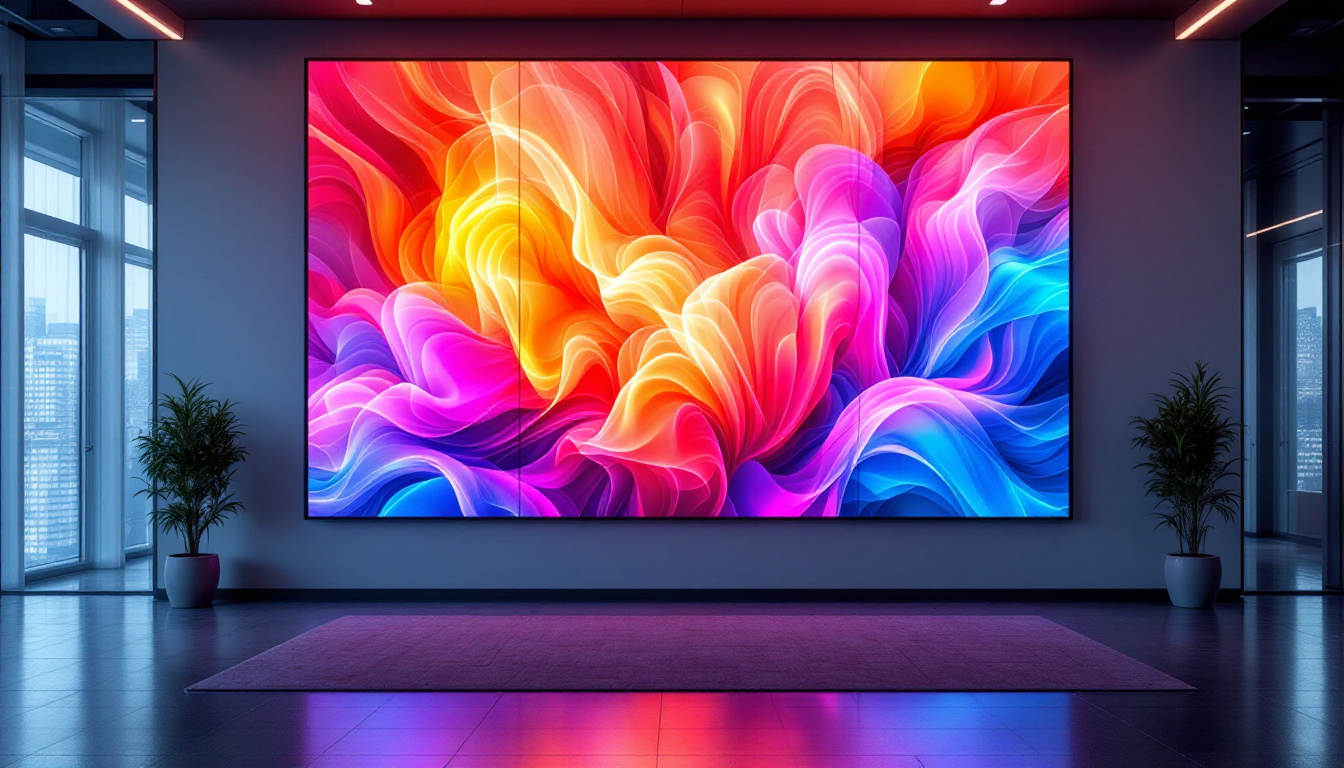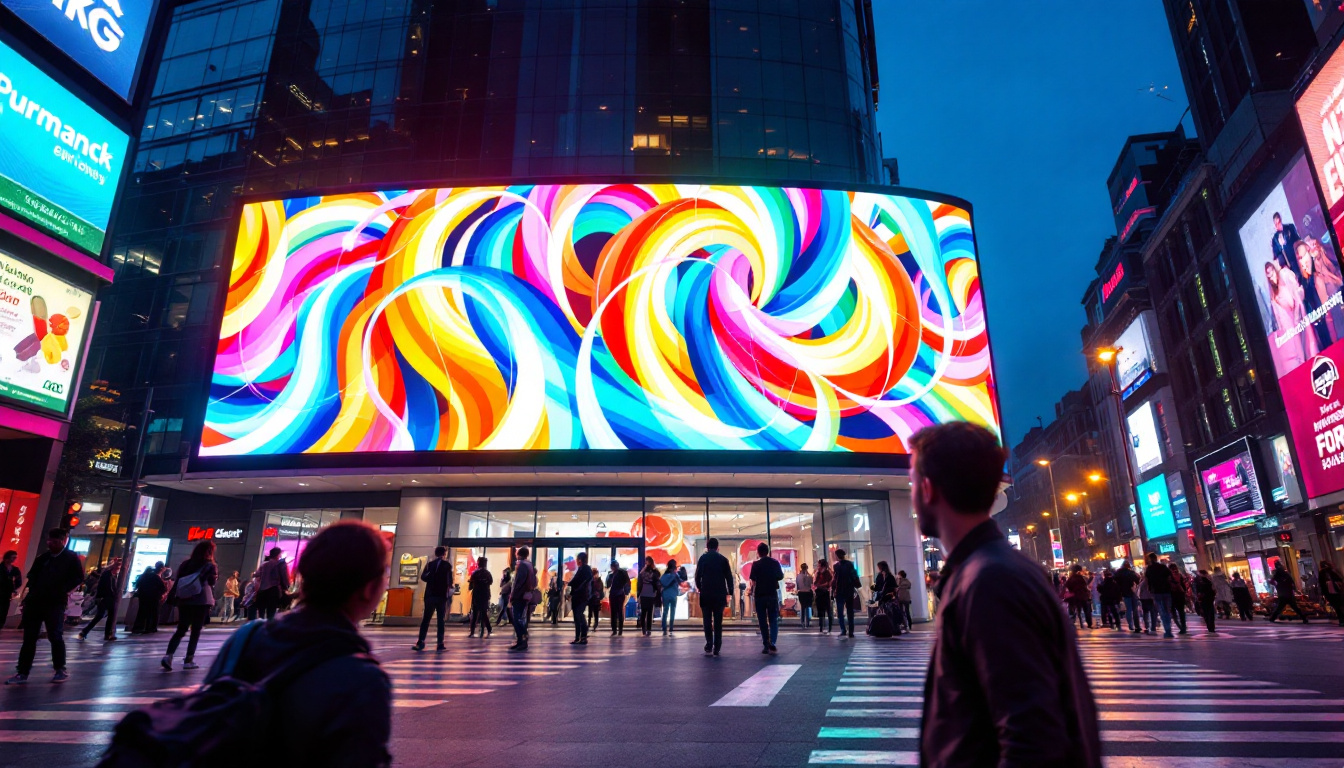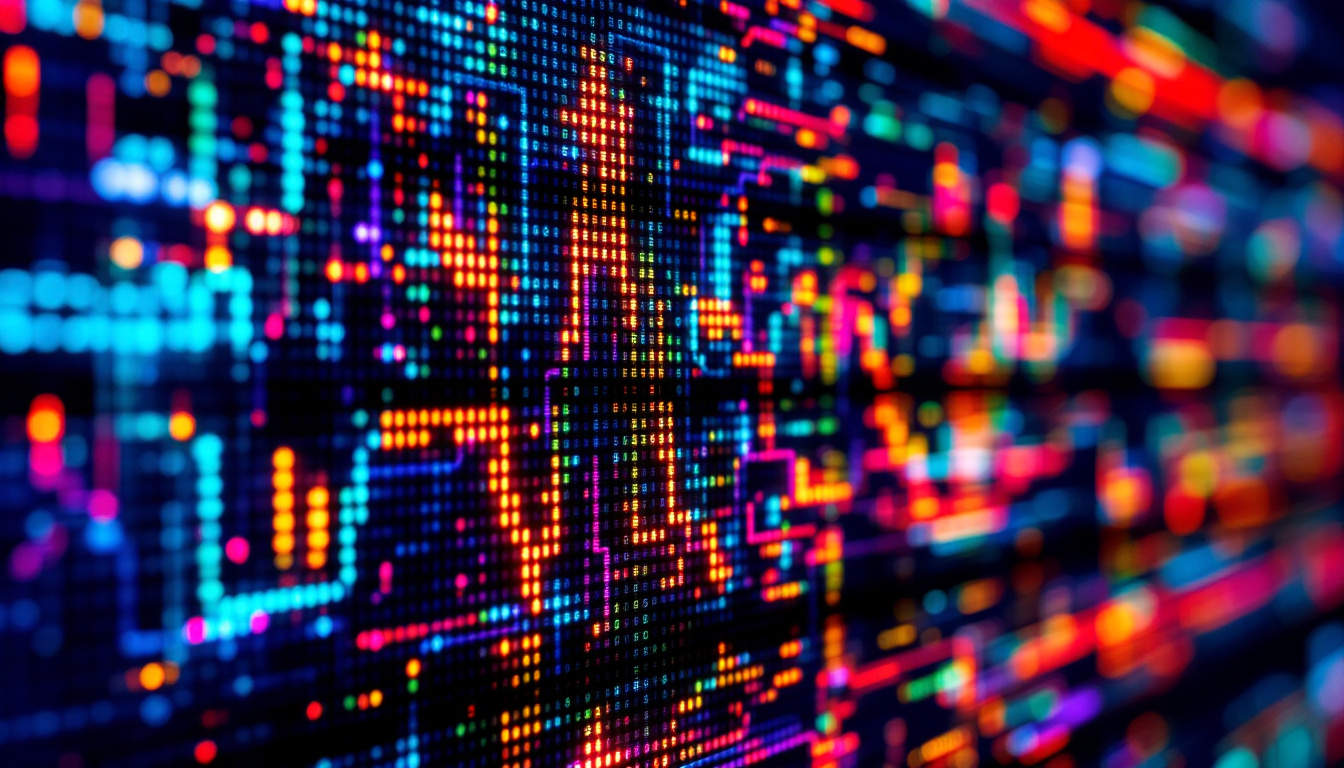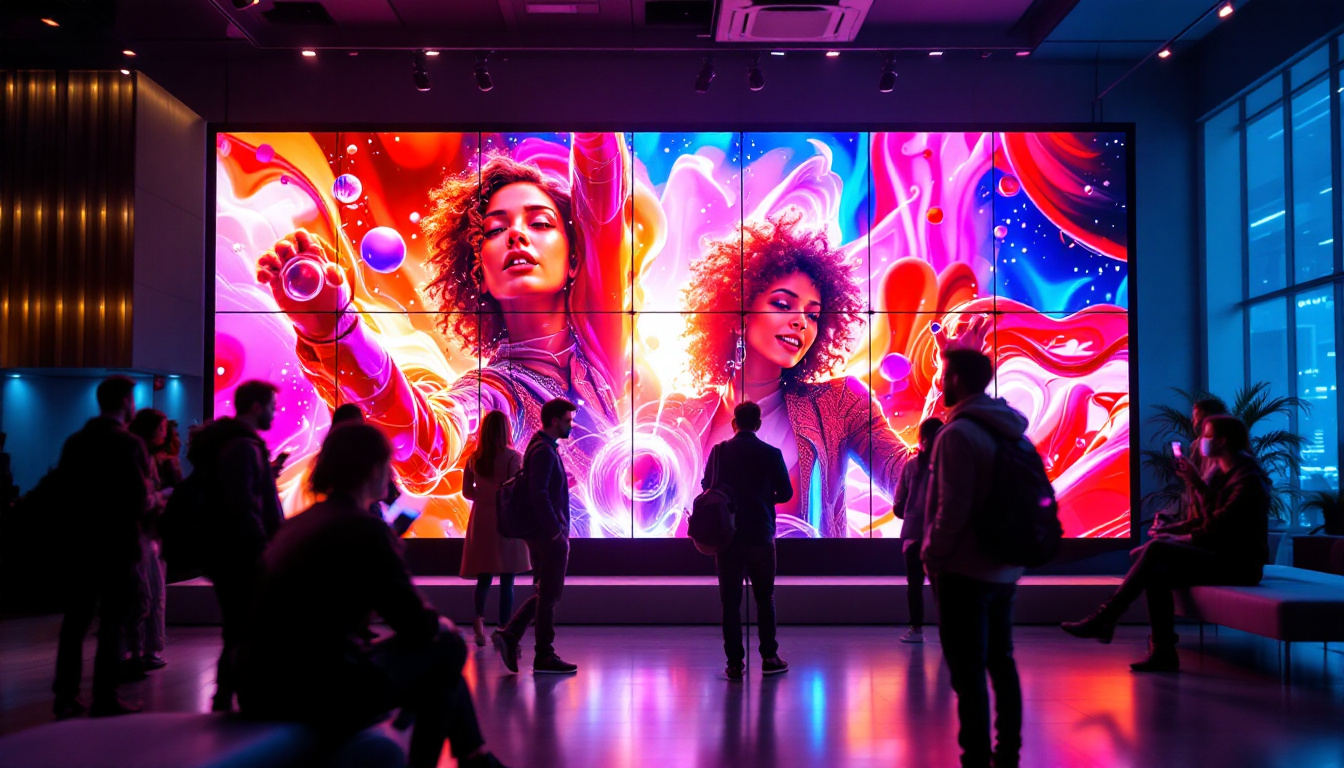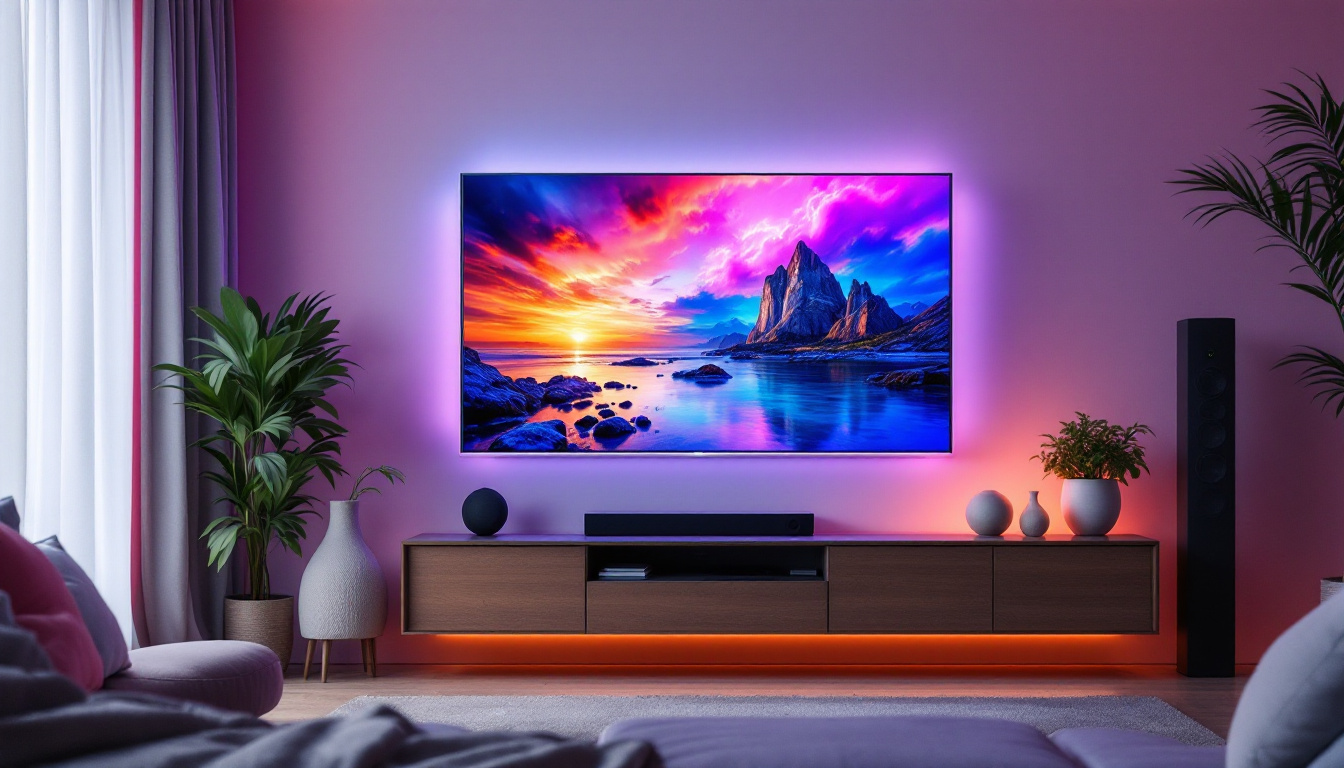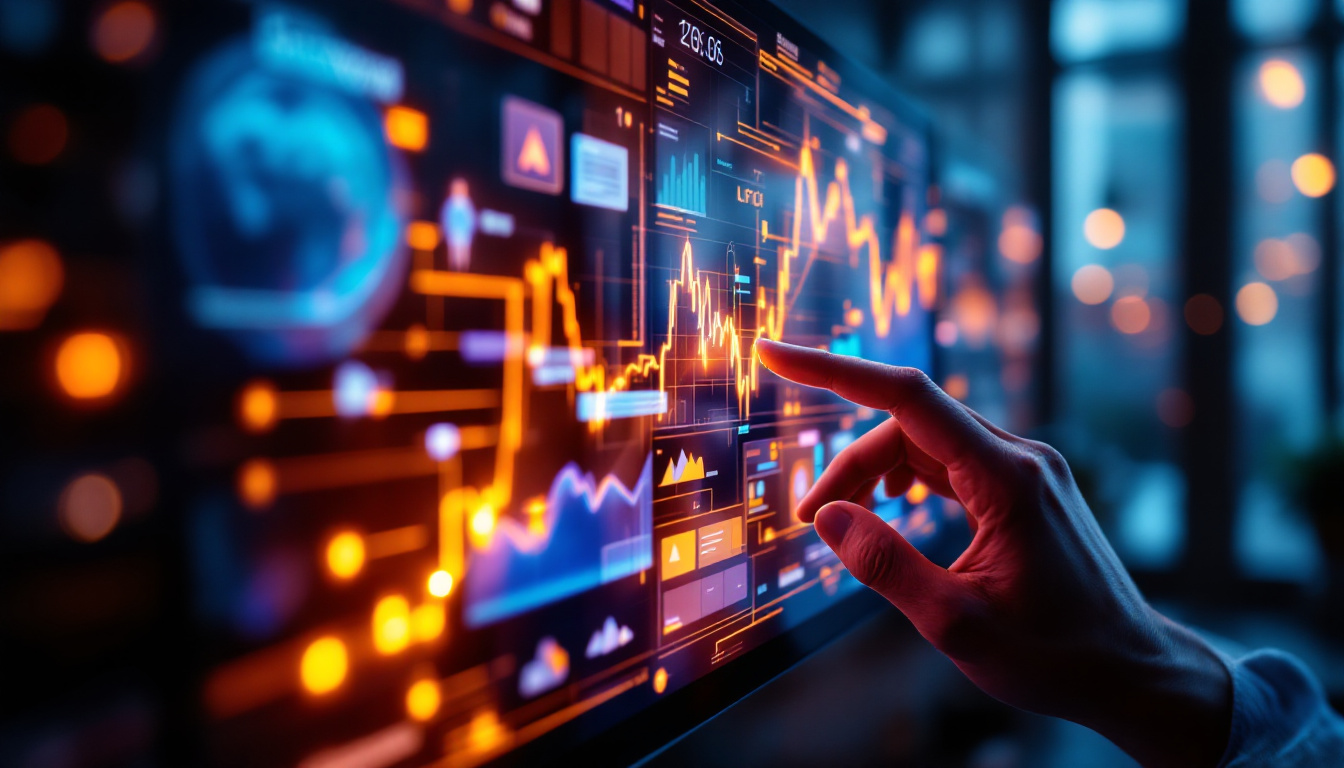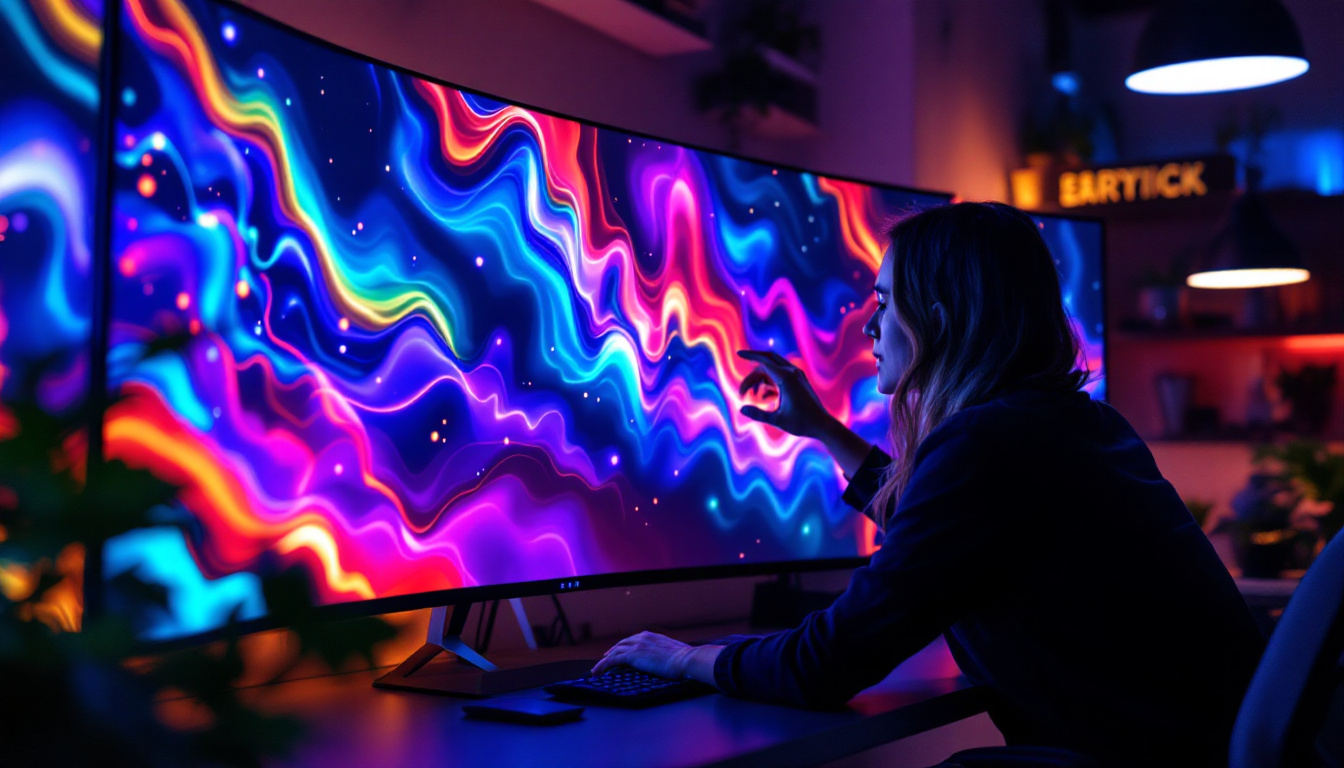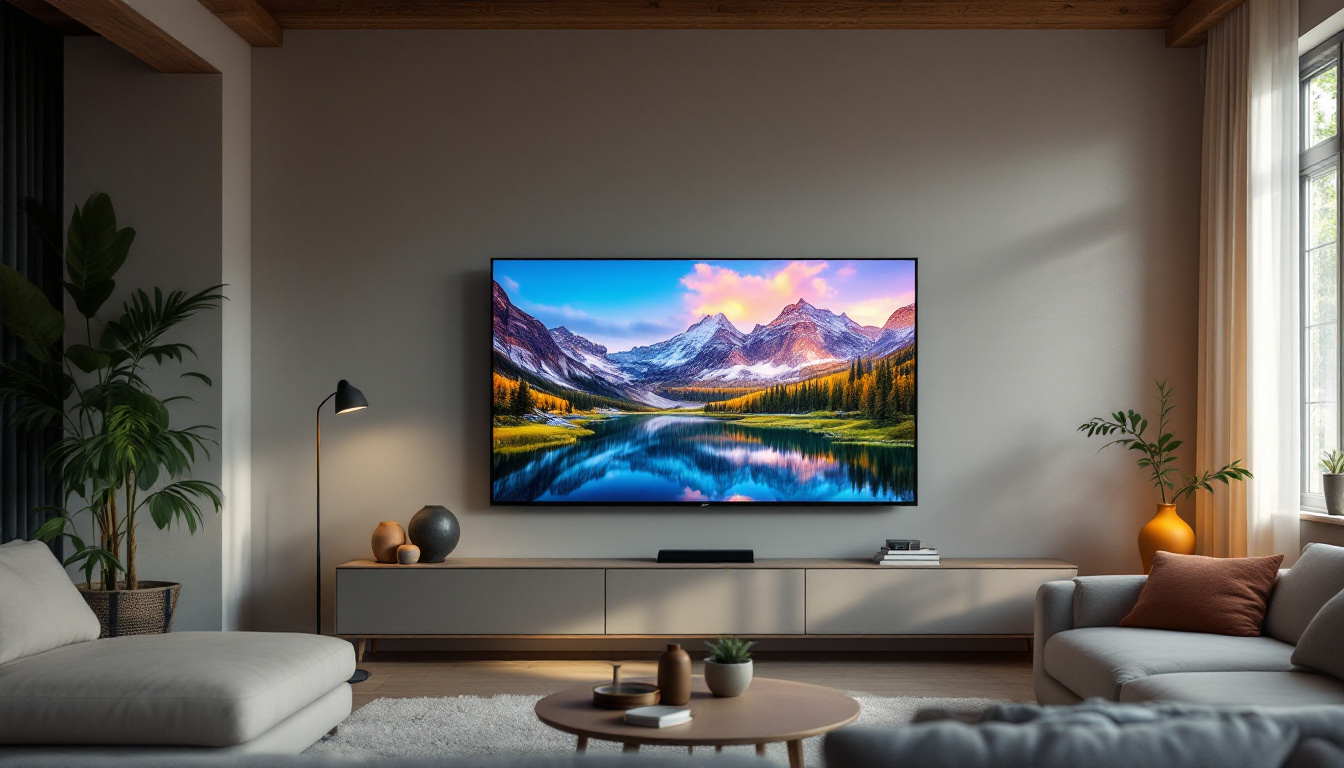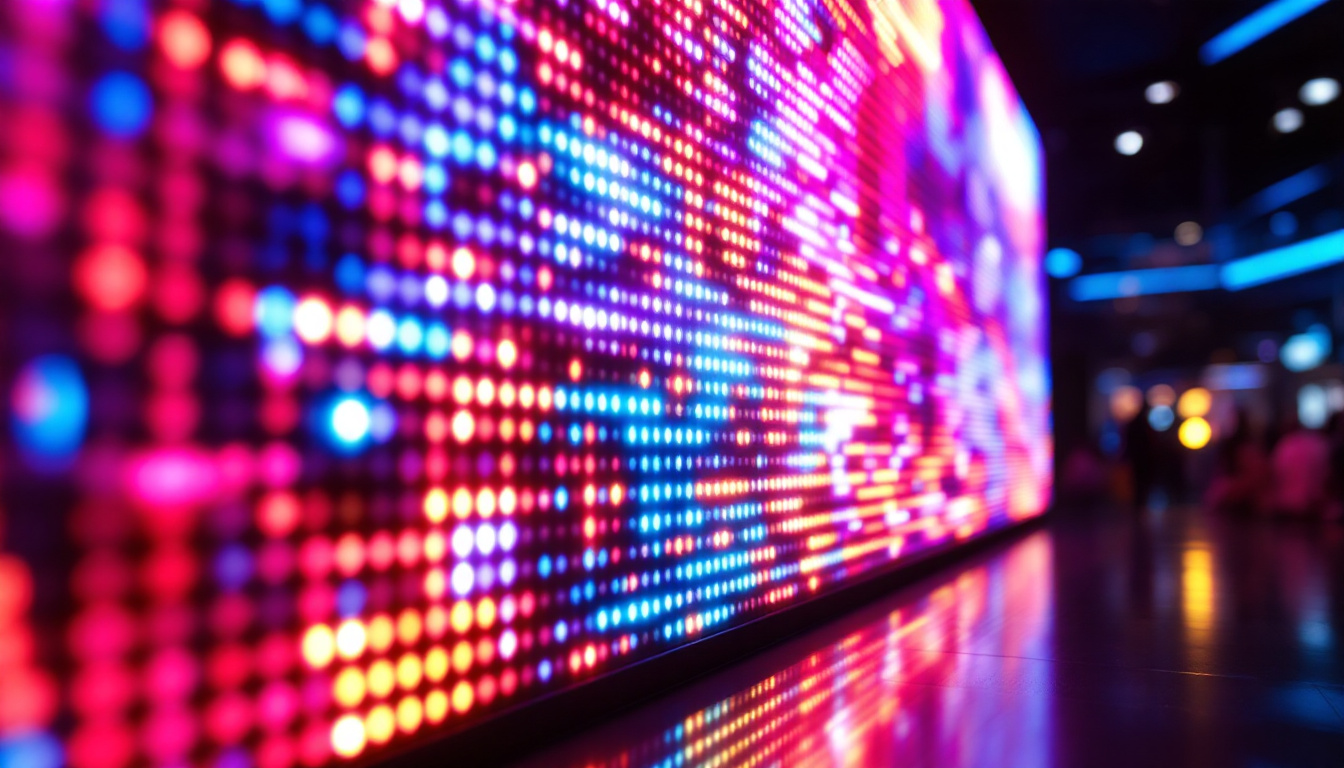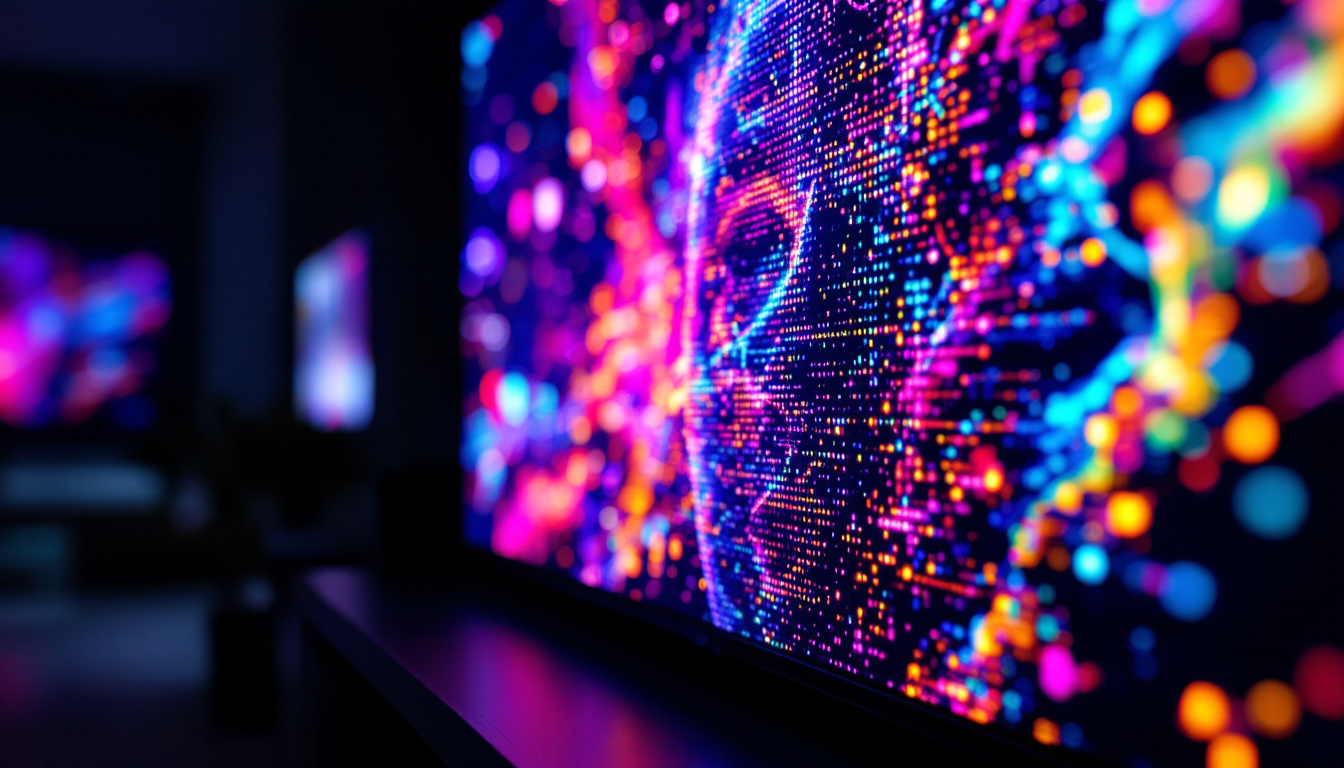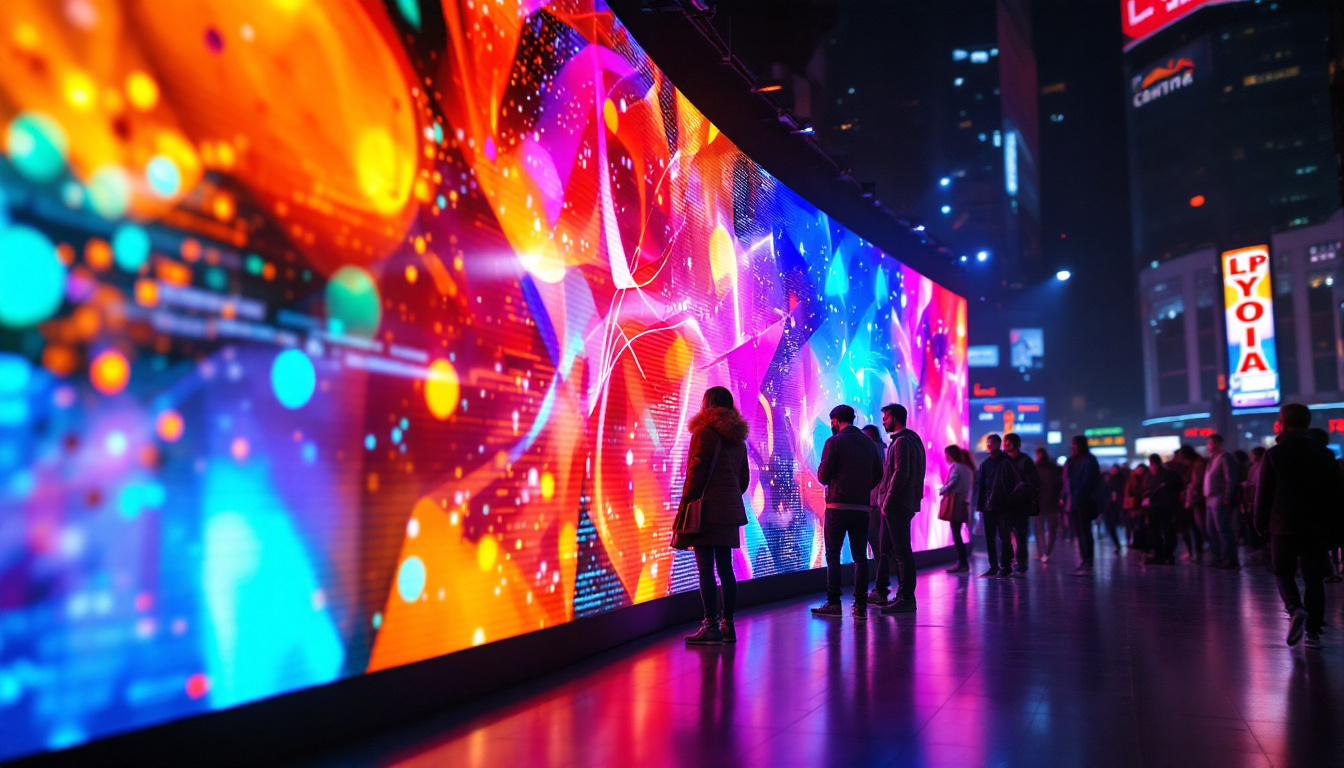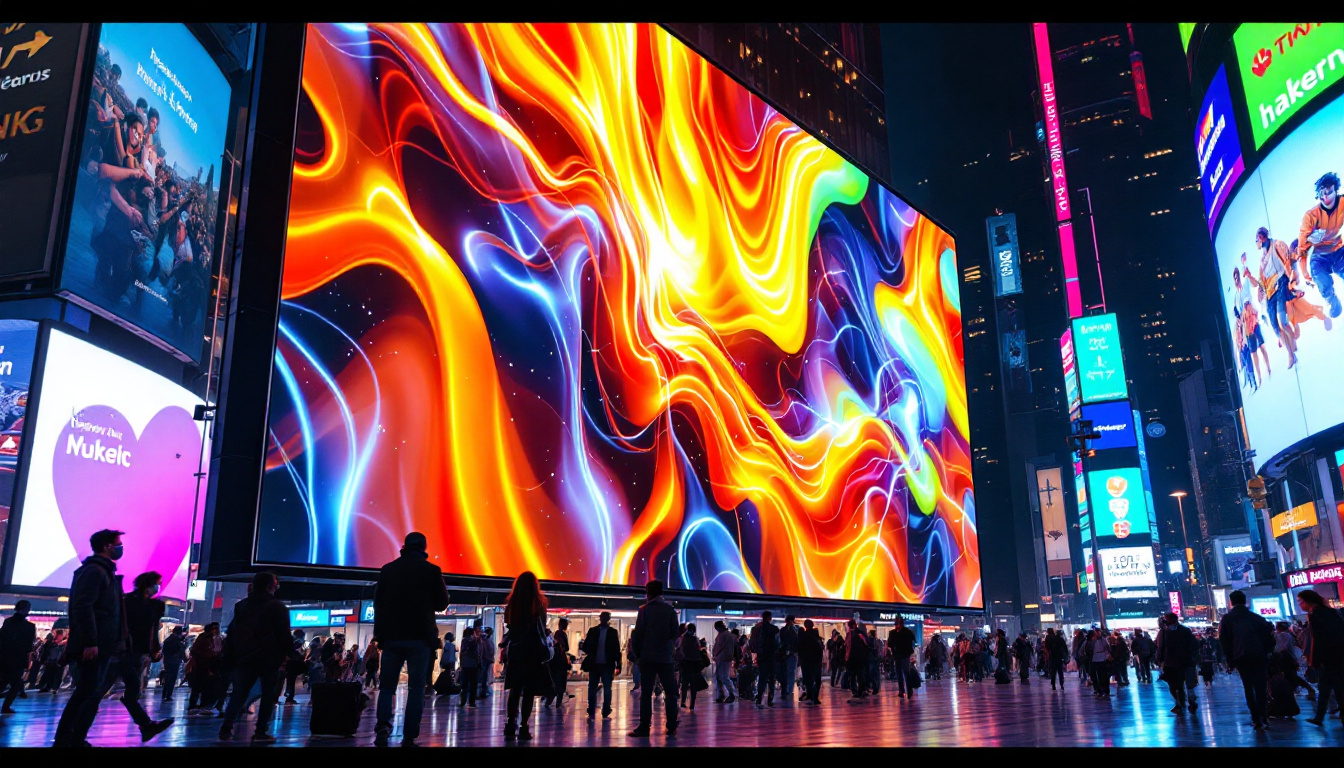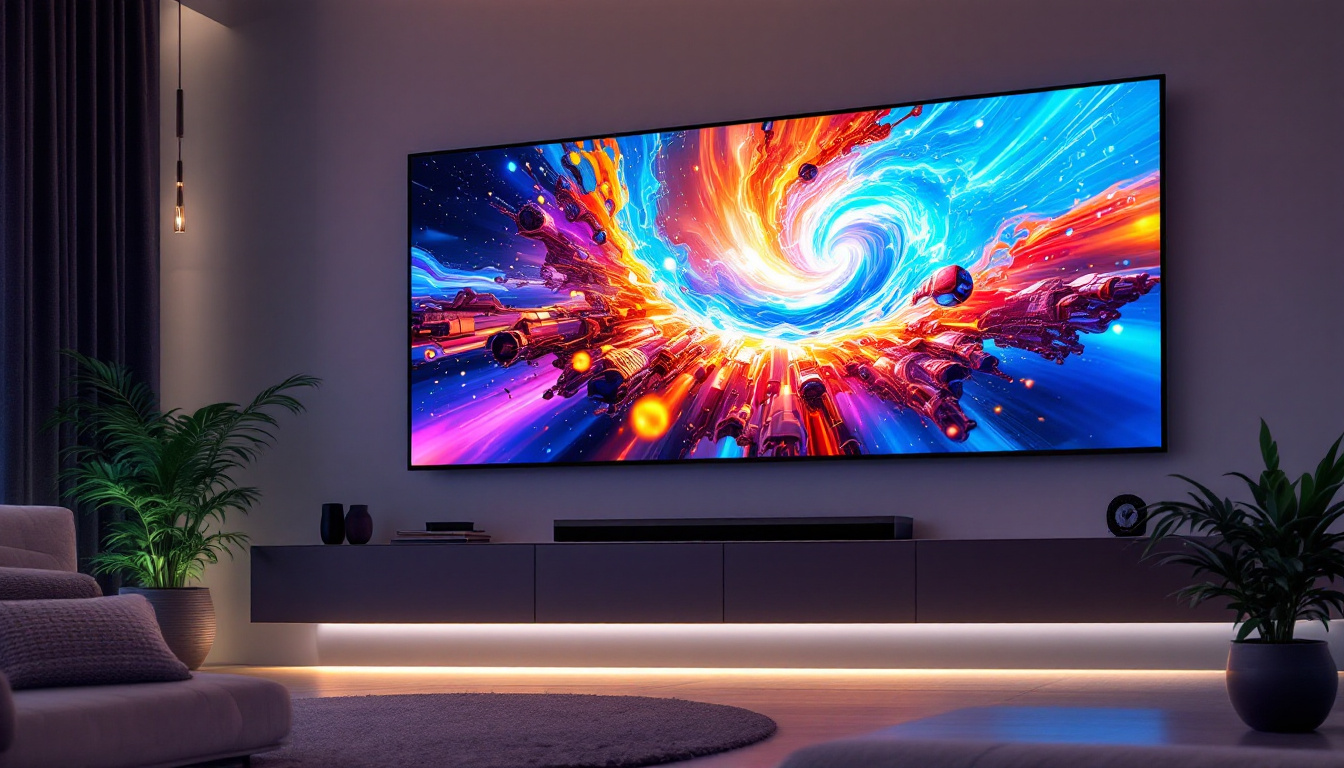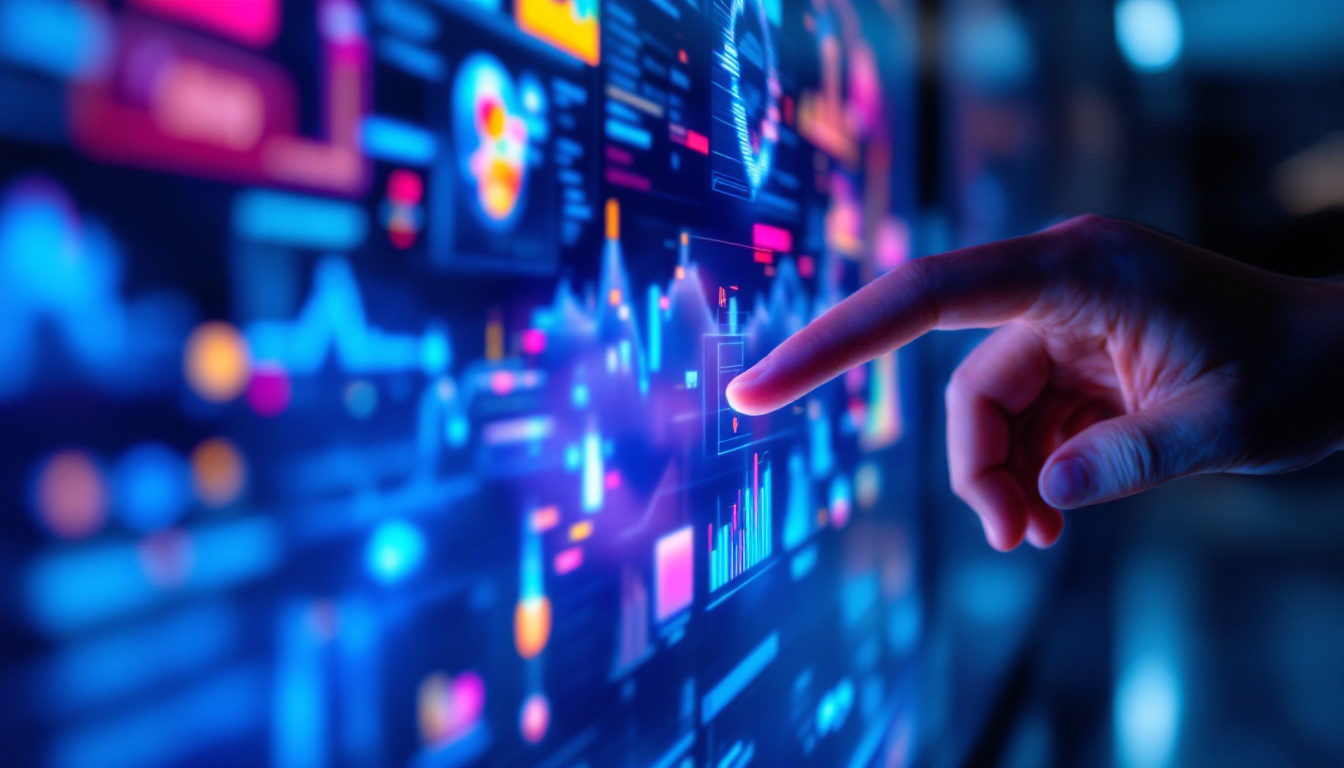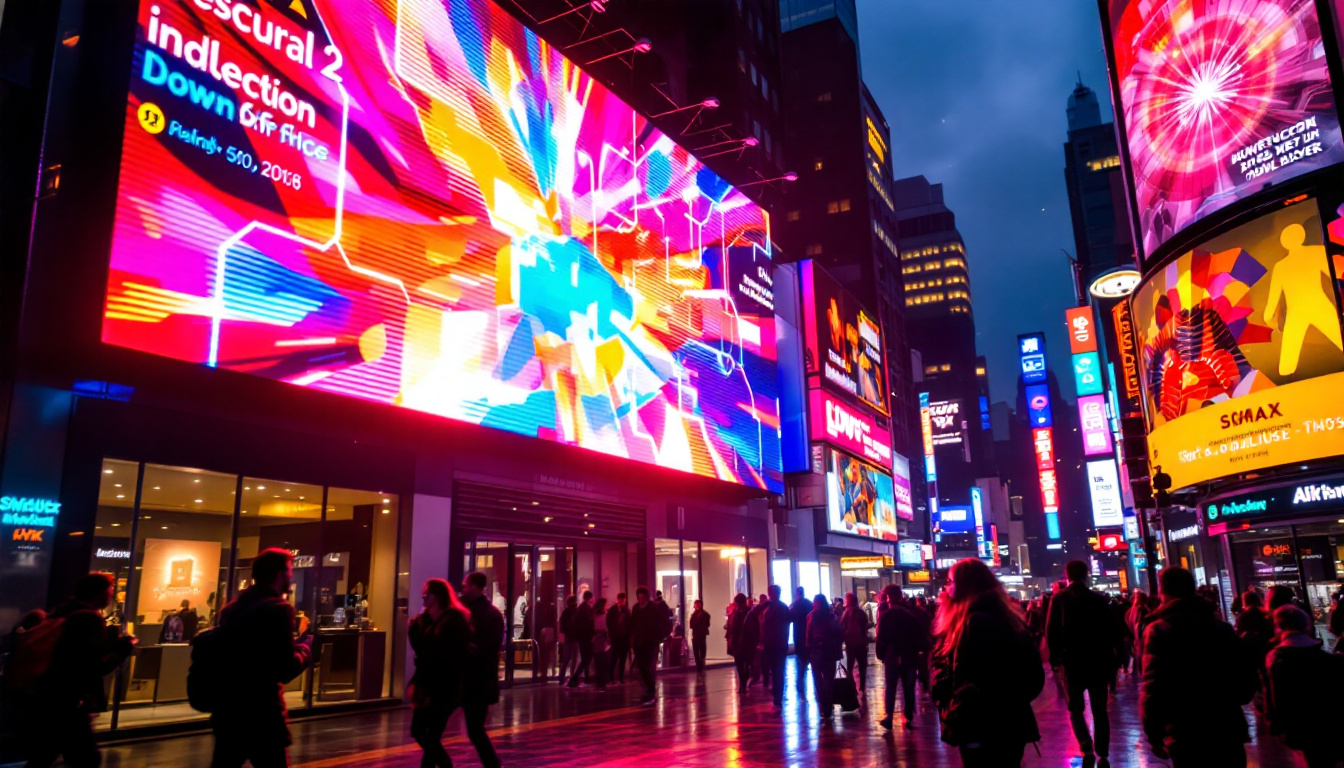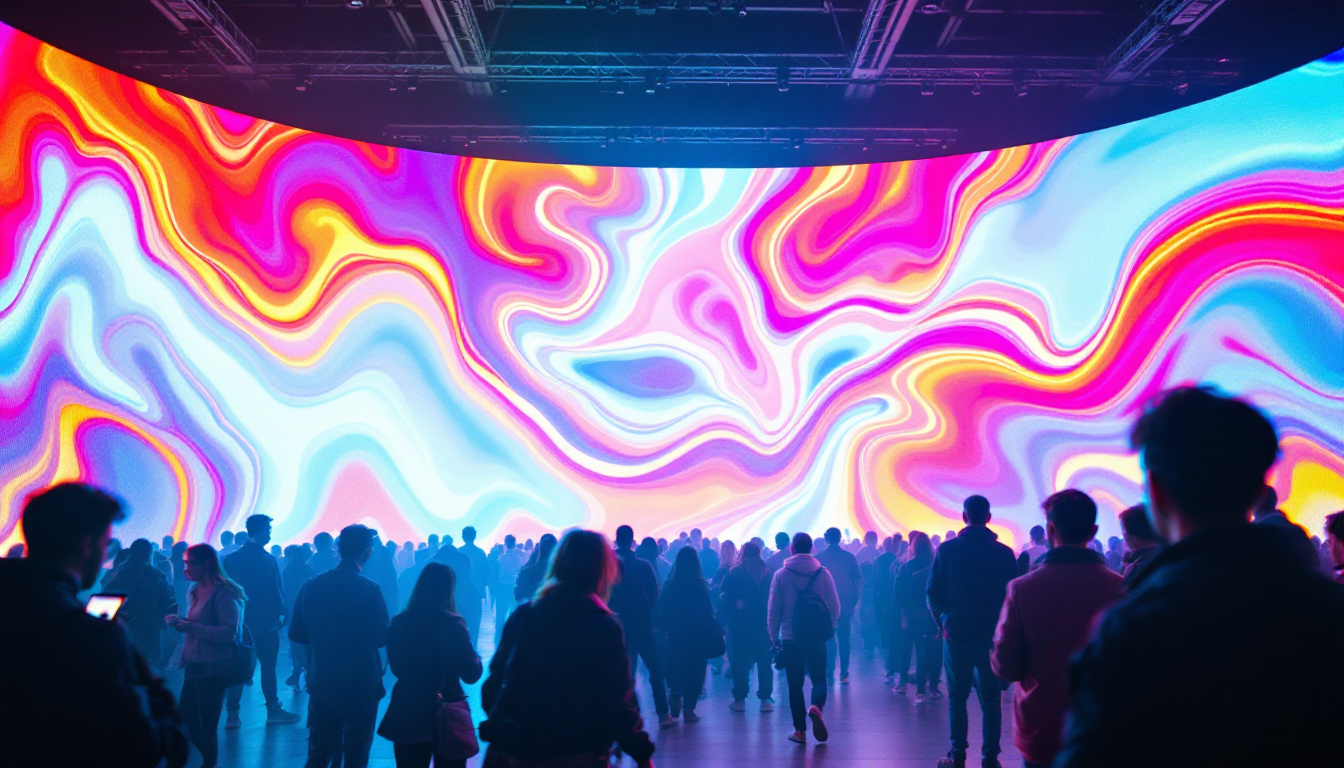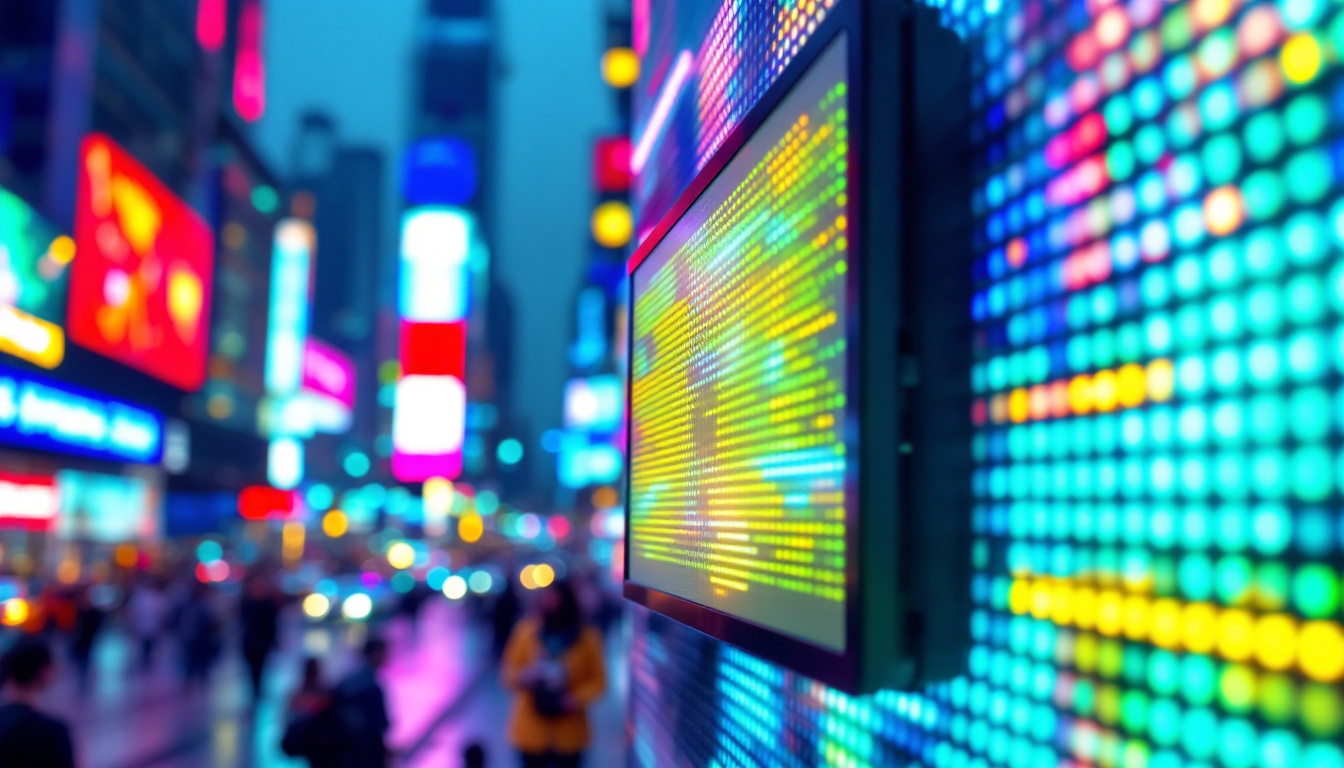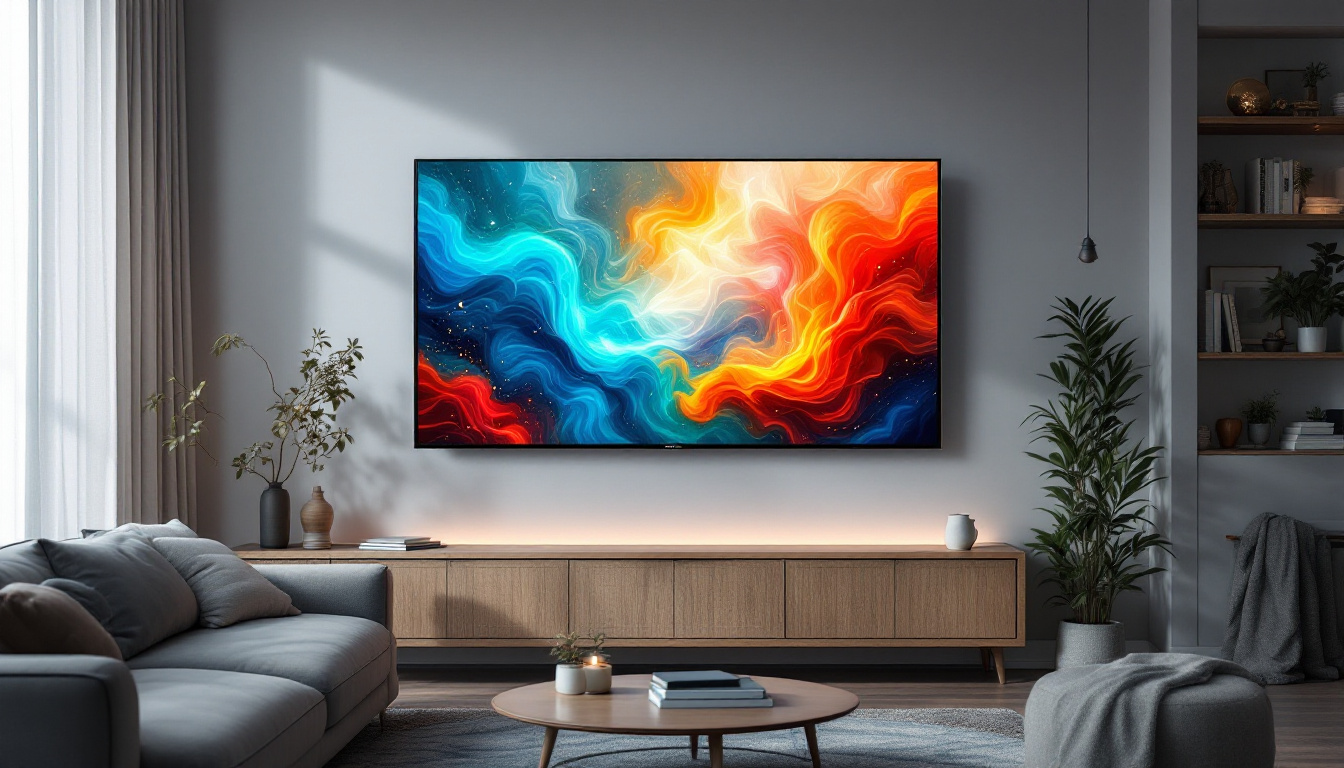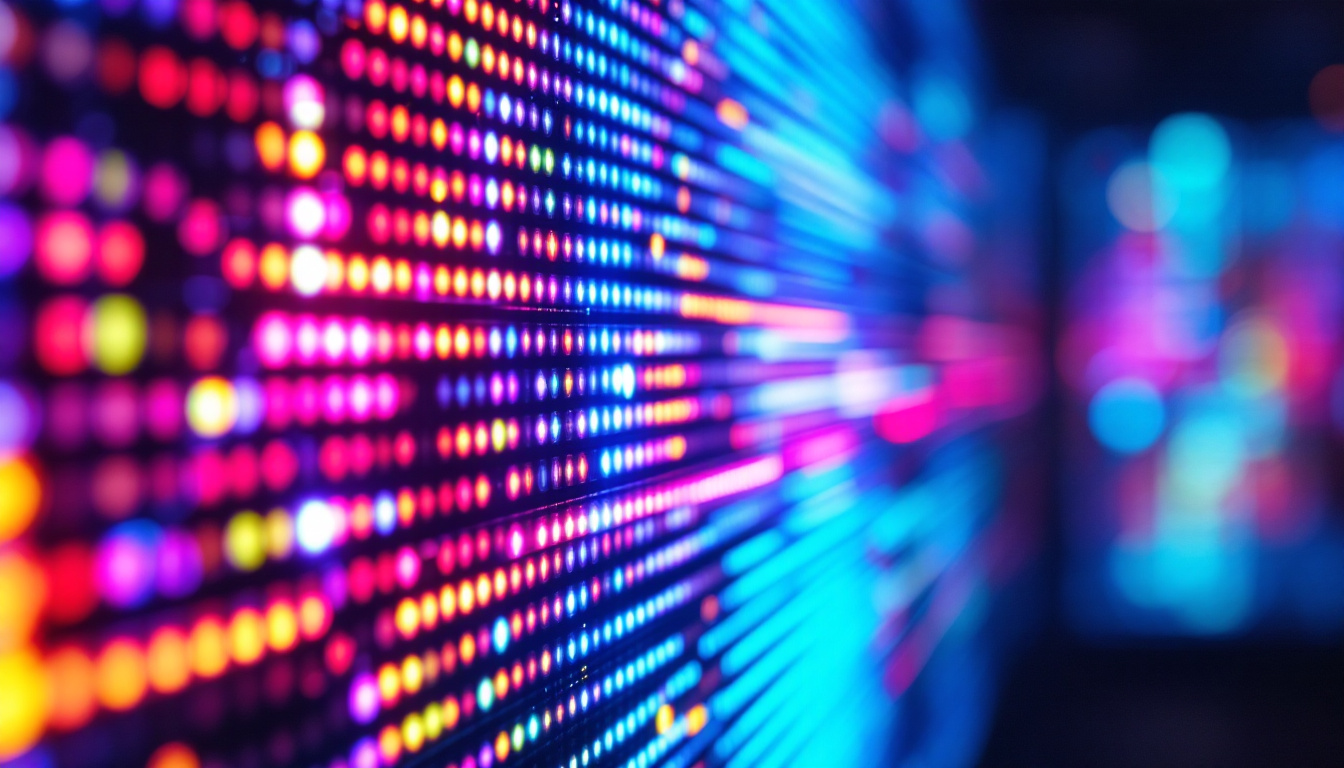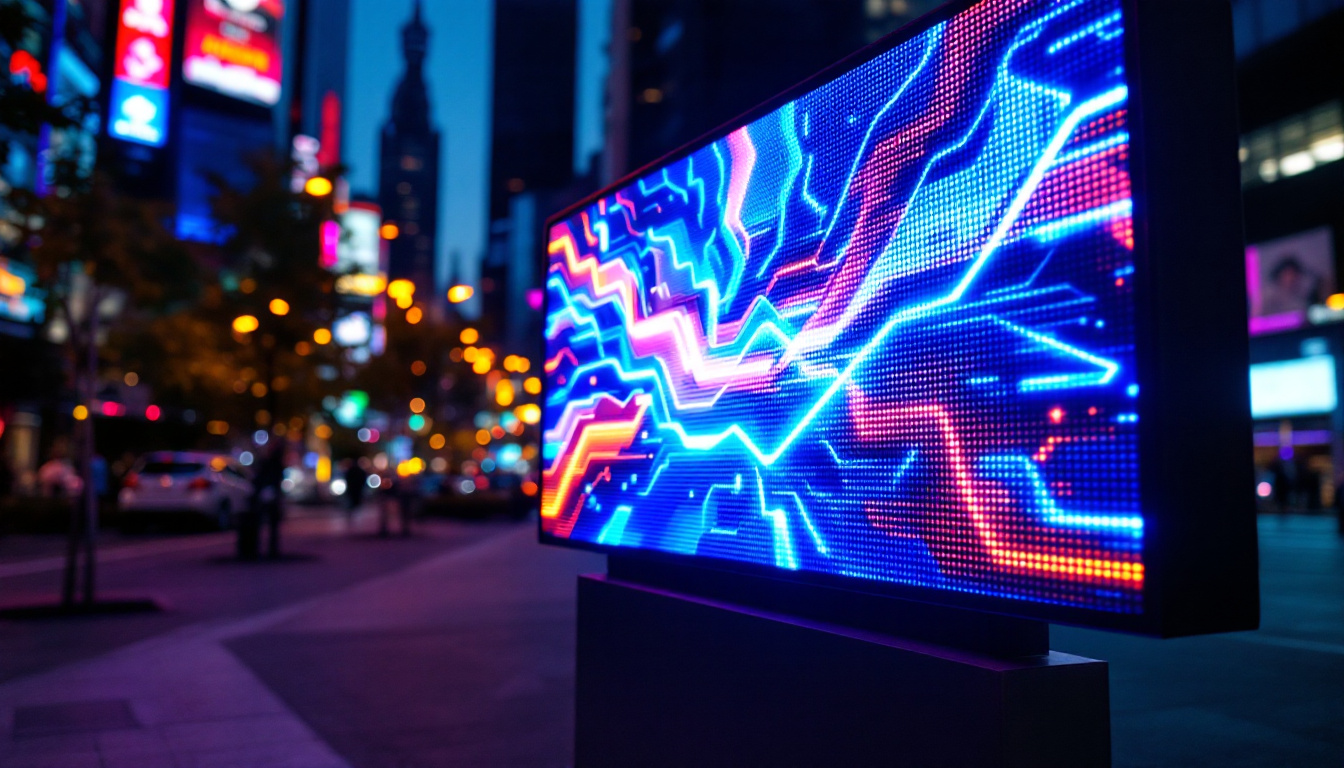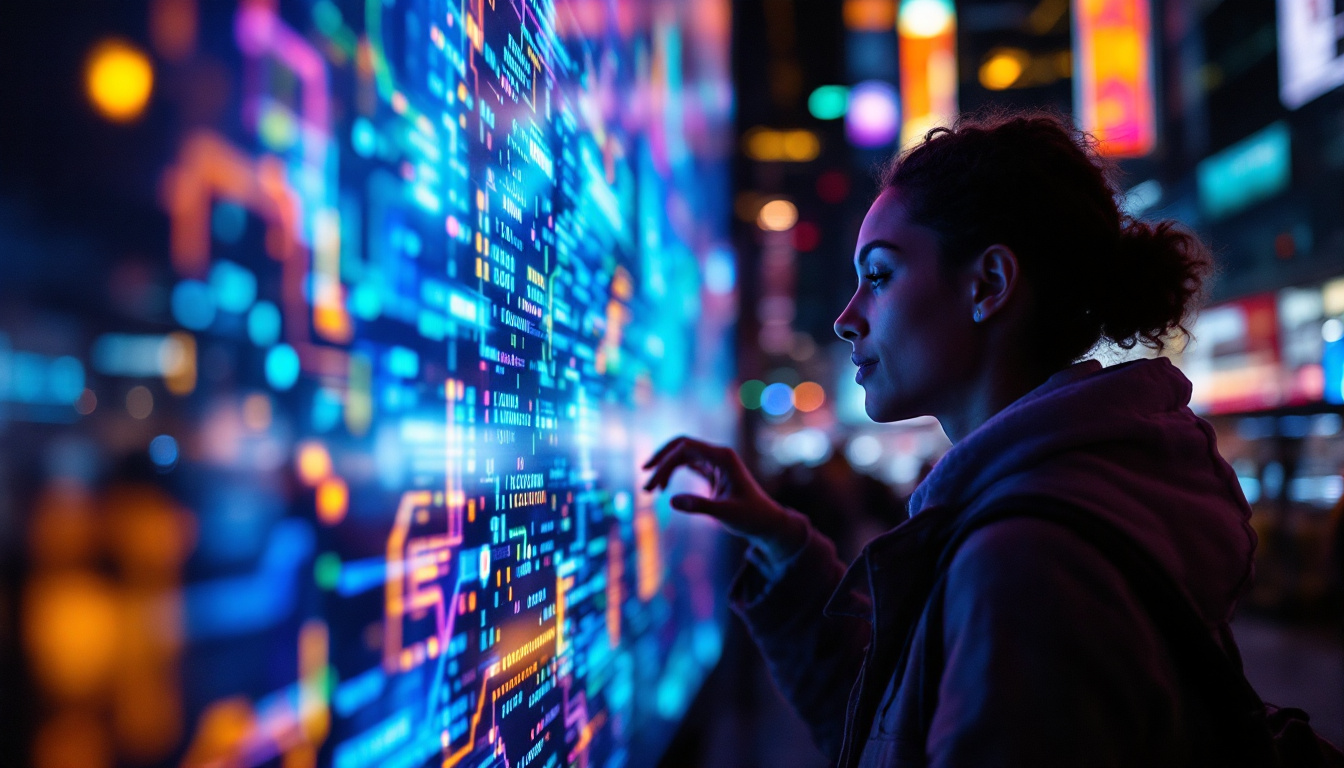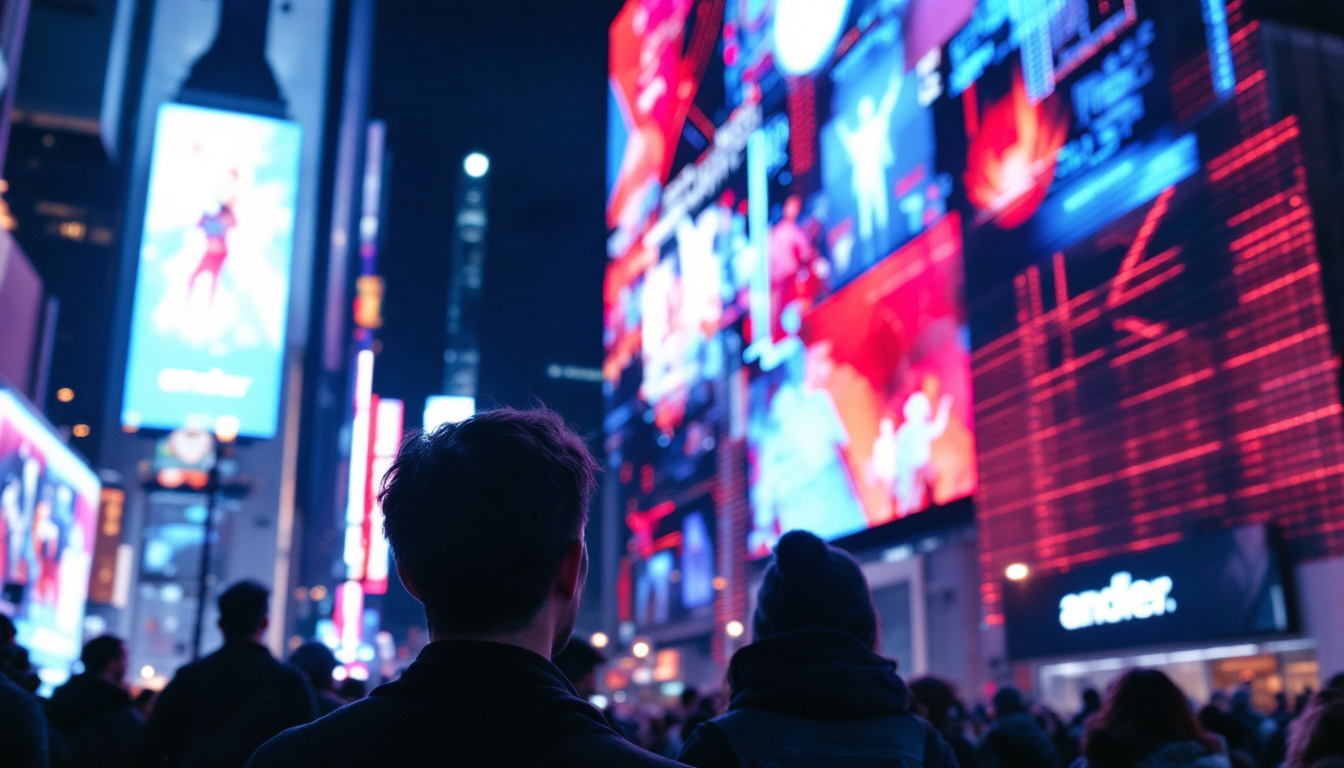In the modern world, visual communication has taken on a new dimension, thanks to advancements in technology. One of the most significant innovations in this realm is the digital wall screen, commonly known as an LED display. These screens are not just a technological marvel; they are transforming how businesses, institutions, and individuals convey information and engage audiences. This article delves into the intricacies of digital wall screens, exploring their types, applications, benefits, and future trends.
Understanding LED Technology
LED, or Light Emitting Diode, technology has revolutionized the display industry. Unlike traditional display technologies, such as LCD or CRT, LED displays utilize semiconductor materials to produce light. This fundamental difference results in a variety of advantages that make LED displays a preferred choice for many applications. The energy efficiency of LED technology is particularly noteworthy; it consumes significantly less power than its predecessors, which not only reduces electricity bills but also contributes to a smaller carbon footprint. As a result, many businesses are making the switch to LED displays as part of their sustainability initiatives.
How LED Displays Work
At the core of an LED display are tiny diodes that emit light when an electric current passes through them. These diodes are arranged in a grid format, forming pixels that can change color and brightness based on the input signal. Each pixel consists of red, green, and blue (RGB) diodes, which combine to create a full spectrum of colors. This ability to produce vibrant images and videos is one of the key reasons LED displays have gained popularity. Furthermore, the rapid response time of LED technology allows for smooth transitions and animations, making it ideal for dynamic content such as live broadcasts and interactive installations. The longevity of LED displays, often exceeding 50,000 hours, also means less frequent replacements, which is a significant advantage for both consumers and businesses alike.
Types of LED Displays
LED displays come in various forms, each tailored to specific applications. The most common types include:
- Direct View LED Displays: These are large-scale displays used for outdoor advertising and events. They are designed to be viewed from a distance and are known for their brightness and durability. Their ability to withstand harsh weather conditions makes them a popular choice for billboards and stadiums.
- LED Video Walls: Comprising multiple LED panels, video walls are used in control rooms, broadcast studios, and public venues. They offer high resolution and can be configured to display a single image or multiple sources simultaneously. This versatility allows for creative presentations and enhances the viewer experience during concerts and conferences.
- Transparent LED Displays: These innovative displays allow for visibility through the screen, making them ideal for retail environments. They blend seamlessly with glass surfaces, providing a modern aesthetic while displaying dynamic content. Retailers can showcase products behind the display while simultaneously engaging customers with eye-catching advertisements.
In addition to these common types, there are also niche applications such as flexible LED displays, which can be bent and shaped to fit unconventional spaces, and high dynamic range (HDR) LED displays that enhance color accuracy and contrast for a more immersive viewing experience. As technology continues to evolve, the potential for LED displays expands, paving the way for even more innovative uses in fields ranging from art installations to automotive displays. The ongoing research and development in LED technology promise to further enhance performance, reduce costs, and open new avenues for creative expression in visual communication.
Applications of Digital Wall Screens
The versatility of digital wall screens makes them suitable for a wide range of applications across various industries. From advertising to education, these displays are enhancing communication and engagement.
Advertising and Marketing
In the realm of advertising, digital wall screens have become a staple. Retailers use them to showcase promotions, new products, and brand stories in an eye-catching manner. The dynamic nature of LED displays allows for real-time updates, ensuring that content remains fresh and relevant. Moreover, the ability to target specific audiences with tailored messages enhances the effectiveness of marketing campaigns. For instance, a clothing store might display seasonal sales tailored to the demographic that frequents their location, maximizing foot traffic and conversion rates. Additionally, the integration of social media feeds into these displays can create a sense of community, encouraging customers to engage with the brand both online and offline.
Corporate Communication
In corporate settings, digital wall screens serve as powerful tools for internal communication. They can display important announcements, performance metrics, and company news in communal areas, fostering a sense of transparency and engagement among employees. Additionally, during meetings and presentations, these screens can enhance the delivery of information, making it more visually appealing and easier to digest. The use of digital wall screens can also promote a culture of recognition, showcasing employee achievements and milestones, which can boost morale and encourage a positive workplace environment. Furthermore, integrating real-time data analytics into these displays allows teams to track progress and adapt strategies quickly, ensuring that everyone is aligned with the company’s goals.
Education and Training
Educational institutions are increasingly adopting digital wall screens to enhance the learning experience. These displays can be used to present interactive lessons, videos, and real-time data, catering to various learning styles. Furthermore, they facilitate collaborative learning by allowing students to share content and ideas seamlessly. In addition to traditional classroom settings, digital wall screens can be utilized in training environments, where they can display instructional videos, simulations, and even live demonstrations. This interactive approach not only keeps students engaged but also helps in retaining information more effectively. Moreover, the ability to integrate quizzes and polls directly into the display can transform passive learning into an active dialogue, encouraging participation and critical thinking among students.
Benefits of Digital Wall Screens
The advantages of utilizing digital wall screens extend beyond mere aesthetics. They offer a multitude of benefits that can significantly impact businesses and organizations.
High Visibility and Engagement
One of the most notable benefits of LED displays is their high visibility. With bright colors and sharp images, these screens capture attention, even in well-lit environments. This visibility translates to increased engagement, as viewers are more likely to stop and absorb the content being presented.
Cost-Effectiveness
While the initial investment in digital wall screens may seem substantial, their long-term cost-effectiveness is undeniable. LED technology is energy-efficient, leading to lower electricity bills. Additionally, the durability of LED displays means reduced maintenance and replacement costs over time, making them a wise investment for businesses.
Flexibility and Customization
Digital wall screens offer unparalleled flexibility in content management. Users can easily update and change displayed content remotely, allowing for timely promotions and announcements. This adaptability extends to customization, as businesses can tailor the size, shape, and configuration of their displays to suit specific needs and spaces.
Challenges and Considerations
Despite their many advantages, digital wall screens come with their own set of challenges and considerations that potential users must be aware of.
Initial Investment and Setup
The upfront cost of purchasing and installing digital wall screens can be a barrier for some organizations. High-quality LED displays, particularly large-scale ones, require significant investment. Additionally, the installation process may involve structural considerations and professional expertise, further adding to the initial costs.
Content Management
Effective content management is crucial for maximizing the impact of digital wall screens. Organizations must invest time and resources into creating engaging and relevant content. This includes regular updates and maintenance to ensure that the information displayed is accurate and current. Failure to do so can lead to viewer disengagement.
Technical Issues
Like any technology, digital wall screens are susceptible to technical issues. These can range from software glitches to hardware malfunctions. Organizations should have a plan in place for troubleshooting and maintenance to minimize downtime and ensure a seamless viewing experience.
The Future of Digital Wall Screens
As technology continues to evolve, the future of digital wall screens looks promising. Innovations in LED technology and display design are set to enhance their capabilities and applications.
Advancements in Display Technology
Future developments in LED technology may lead to even thinner, lighter, and more energy-efficient displays. Innovations such as MicroLED and OLED technology promise to deliver higher resolutions and improved color accuracy, further enhancing the visual experience. These advancements will likely open new avenues for creative applications, making digital wall screens even more versatile.
Integration with Smart Technology
As smart technology becomes more prevalent in everyday life, the integration of digital wall screens with smart systems is expected to increase. This could include features such as automated content updates based on audience analytics, AI-driven content recommendations, and seamless connectivity with other smart devices. Such integrations will enhance the functionality and effectiveness of digital wall screens.
Environmental Considerations
As sustainability becomes a focal point for many organizations, the environmental impact of digital wall screens will come under scrutiny. Future innovations may prioritize eco-friendly materials and energy-efficient technologies, aligning with global sustainability goals. This shift will not only benefit the environment but also appeal to consumers who prioritize eco-conscious brands.
Conclusion
Digital wall screens represent a significant leap forward in visual communication technology. Their versatility, high visibility, and engaging capabilities make them invaluable tools for businesses, educational institutions, and various organizations. While challenges such as initial costs and content management exist, the benefits far outweigh the drawbacks. As technology continues to advance, the future of digital wall screens promises even more exciting possibilities, making them an essential component of modern communication strategies.
In a world where capturing attention is increasingly challenging, digital wall screens offer a dynamic solution that can elevate any message. Whether used for advertising, corporate communication, or education, these displays are set to play a pivotal role in shaping how information is shared and experienced in the years to come.
Explore Cutting-Edge LED Displays with LumenMatrix
Ready to elevate your visual communication strategy with the latest in LED display technology? Discover LumenMatrix’s comprehensive range of solutions, from Indoor and Outdoor LED Wall Displays to innovative LED Posters and Transparent Displays. Whether you’re looking to captivate your audience, enhance brand visibility, or create immersive experiences, LumenMatrix has the state-of-the-art technology to bring your vision to life. Check out LumenMatrix LED Display Solutions today and join the revolution in digital signage and visual storytelling.

